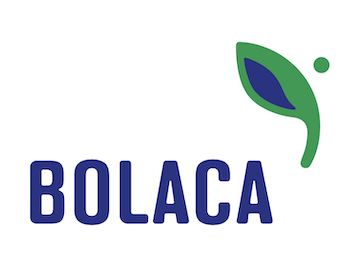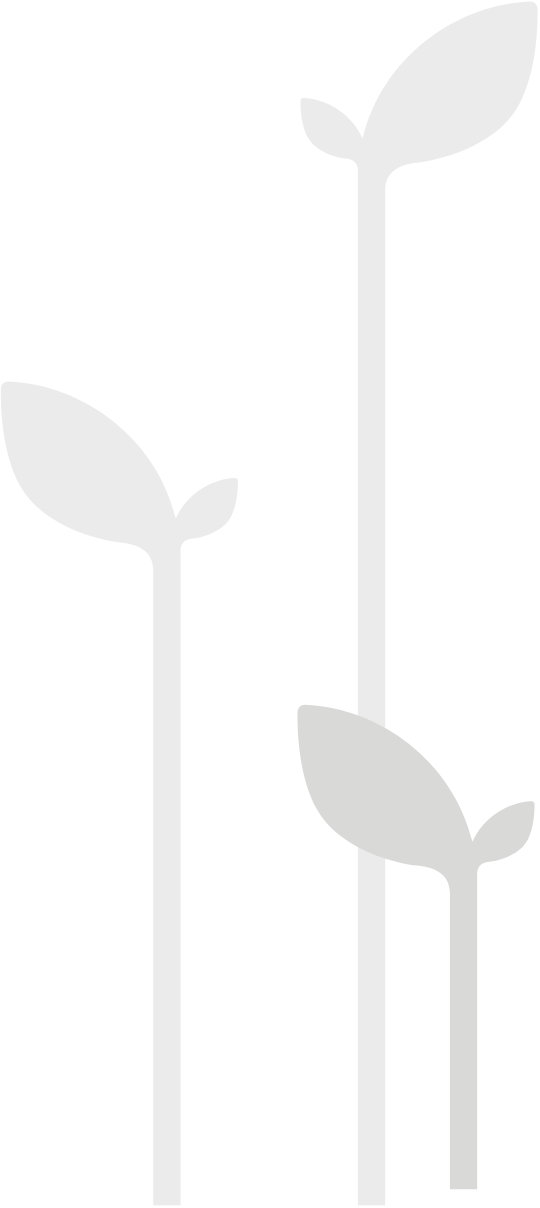PROVIDING OILSEED SOLUTIONS FOR FOOD, FEED AND BIOFUEL
At Bolaca, our story began in 2011, when we first started supplying various slaughterhouses in the region with our livestock. Two years later, in 2013, we made major improvements to our feedlot, relocating to a new greenfield site to house 3,000 head of cattle. Over the next 10 years, we continued to grow our feedlot operations, eventually reaching a capacity above 10,000 head.
In addition to our feedlot operations, we also diversified our business by venturing into beef breeding, specializing in Angus, Charolais, and Limousine breeds.
At Bolaca, we are committed to providing the best feeding results in modern, efficient feedlots, maintaining the highest standards in all aspects of our integrated farming and feedlot operations, and always putting the safety and well-being of our employees first.

OUR FARMS
KOZDERE FEEDLOT
Yenişehir, Bursa TÜRKİYE

Our farm in Kozdere employs the latest technologies and best practices to ensure that our animals are raised in a safe and healthy environment, and that our farming methods are both environmentally friendly and economically viable. From breeding to feeding, our goal is to produce high-quality beef that is both delicious and nutritious.
10.000 heads
Cattle Capacity
The Beef Lifecycle
Cattle spend the majority of their life on pasture, from birth to their transfer to the feedlot. During this time, their diet primarily consists of grass, forages, and sometimes crop residues from grain production. By grazing, cattle help to use lands that are not suitable for agriculture, expanding the land available for food production.
The beef production process starts with ranchers who keep a herd of cows that give birth to calves once a year. At birth, a calf weighs between 30-50 kilograms and relies on its mother’s milk and grass pastures for nourishment. Calves are weaned from their mother’s milk at 6-10 months of age, weighing 200-320 kilograms. They continue to graze on grass pastures and receive supplementary plant-based feed for extra energy and protein to support their growth. After weaning, cattle continue to grow by grazing on grass and pastures, with ranchers providing additional vitamins and minerals to meet their nutritional needs.
Mature cattle are then moved to the feedlot, where they spend 4-6 months. At the feedlot, cattle are free to graze at feed bunks, which offer a balanced diet of roughage, such as hay and grass, grain, such as corn, wheat, and barley, and local renewable feed sources. Our team of veterinarians and nutritionists work together to provide high level of care for each animal.
Every segment of the beef production chain plays a crucial role in creating a sustainable product, balancing the trade-offs. Cattle use their unique ruminant digestive system to turn inedible products like grass into high-quality protein, making the beef production system a net contributor to the global supply of human-edible protein and enhancing the quality of human-edible protein throughout the beef value chain.


